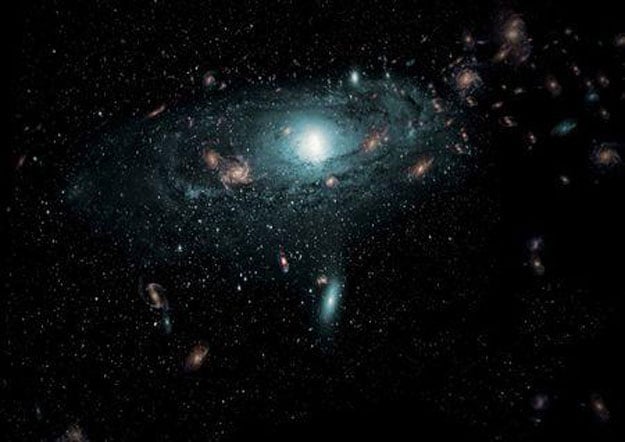

At the heart of our Milky Way galaxy lurks a supermassive black hole about four million times the mass of the sun, called Sagittarius A*. In fact, these objects, which increase in mass over time by eating material that wanders too close, reside at the center of most galaxies.
But since NASA's James Webb Space Telescope came online in 2022, astronomers have been surprised to find supermassive black holes inhabiting the early universe - earlier than they had thought possible considering the time needed to gather such great mass.
New observations of one such primordial black hole is offering insight into how this may have occurred -- through episodes of supercharged growth. Black holes are extremely dense objects with gravity so strong that not even light can escape. With their immense gravitational pull, they grow in mass by sucking in material such as gas, dust and stars unfortunate enough to stray nearby. "The existence of supermassive black holes in the early universe challenges our current models of black hole formation and growth," said astronomer Hyewon Suh of the International Gemini Observatory in Hawaii and the US National Science Foundation's NOIRLab, lead author of the study published in the journal Nature Astronomy.
The new Webb observations involve a supermassive black hole called LID-568 that existed when the cosmos was about 11% its current age - about 1.5 billion years after the Big Bang event 13.8 billion years ago that initiated the universe. LID-568 has a mass about 10 million times greater than the sun, so 2-1/2 times that of Sagittarius A*.
The researchers have not yet determined the mass of its home galaxy. LID-568 was observed gaining mass at a pace faster than previously thought possible. Webb showed that, based on its observed energetic output, LID-568 appeared to be consuming infalling material - known as accretion - at more than 40 times the hypothesized maximum, called the Eddington limit, for such activity.
"The Eddington limit is a theoretical limit for the maximum energy output the black hole can produce through the accretion process. This theoretical limit assumes that the outward force from the radiation produced during the accretion process balances the gravity of the infalling material," said astronomer and study co-author Julia Scharwächter of the Gemini Observatory and NOIRLab.